DNA: Definition, Structure & Discovery | What Is DNA?
We hear a lot about DNA, but do you know what it is? What do you think about it? What is its mission and benefits in the body? Let us know all this important information in the following article.
I know that the subject is not easy to understand all this to leave the simplest topic to benefit everyone .
Genetics in biology :
Genetics in biology is defined as the process of transmission of physical characteristics between the organism and its offspring. This is done by the transmission of the genetic code that the parents possess in the parity between the mother and the father when sexual intercourse or the union between the sperm and the egg occurs. Family members with genetics. Based on what genetics has interpreted, genes are the basis for identifying inherited traits among generations. It is the basic unit of inheritance among living organisms. These genes include genetic material or so-called DNA. In rare or so-called cases, Mutations are called RNA. In conclusion, we can conclude that genes play an important role in determining the shape and stage of the organism, as well as behavior. These genes begin to move between generations through reproduction.
Characteristics of genetics :
Discrete Genetics and Mendelian Laws This is the basic unit of the genetic process. It begins with a gene that gives generations separate traits. The first observation was made after a special experiment by Gregor Mendel to separate the inherited traits of pea blocks. Blogging and graphs: Genetics rely on graphs and special symbols to describe genetics, by representing letters, numbers, and symbols + to refer to the non-reversible allele of the inherited gene. The most prominent symbols or symbols are P, F1 and others. Multi-gene interactions: The body of the organism contains thousands of its own genes that begin to fission during the process of sexual reproduction of organisms. Some of these genes are modified between married parents and become genetically modified.
Genetics are closely related to the organism's physical attributes. Genetics are considered to be dominant in the organism's color, shape, size, and length, as well as certain traits of the human being, such as the face and tendencies. These traits are often inherited by the father and play a role In determining the order among humans, the rank or family to which that organism or human belongs, and this can be clearly determined by DNA.
It is worth noting that the characteristics of the organism are divided into two basic types:
Genetics are those traits that are transmitted by genetics between generations. They are divided into two types: the traits that the largest number of genes possess, in addition to being affected by the surrounding environment as in the body. Of genes that have little effect on them, and this type of genetic characteristics of the inability of the environment to influence them such as eye color.
Acquired traits:
traits that are imitated by the individual, acquired or learned, but are not transmitted through genes or genetics. Examples are hairstyles.
Genetic engineering :
is a change or modification made by scientists in the genetic material (DNA) of living organisms, either by altering the order of the components of the genetic material, by deleting parts thereof, or by multiplying them, or by inserting parts of a genetic material To alter or improve the properties of the organism, such as: the production of foods of higher nutritional value or the production of a protein for the treatment of a particular disease. The first successful experiment on bacteria was conducted in 1973. Experiments were then carried out on mice, plants, mammals, etc. The applications of genetic engineering include many fields such as agriculture, research , Technology, medicine, and other useful fields.
DNA
DNA To Understand Genetic Engineering DNA is the nucleus of DNA. In the nucleus of each organism, there are stratospheric structures called chromosomes, which in turn consist of genes bearing symbols that control the production of thousands Different types of proteins that make up most of the body of the organism, scientists discovered the DNA in 1869, but it was not recognized until 1944, when a team of scientists discovered that the transfer of part of the DNA from Type of bacteria, and implanted in other bacteria leads E. In some recipes the first bacteria in the second appearance of the bacteria, which proved to scientists that the (DNA) carries the genetic instructions that determine the characteristics of the organism.
The DNA consists of two chains :
The DNA consists of two chains that can be separated by a spiral, which can be separated and multiplied. Each chain consists of several molecules of sugar and phosphates. The two chains have four chemical bases that are formed in the form of pairs: adenine, symbolized by letter A, (T) is always associated with hydrogen bonds, the guanine (G), and is always associated with cytosine, which is symbolized by letter C. The sequence of chemical bases varies from organism to organism except identical twins, The four letters can be compared with the alphabet that can be arranged For example, the human body consists of 100 trillion cells, and each cell contains 1.5 billion pairs of chemical bases that are uniquely arranged in no one else. The sequence of these pairs is the code that controls the genetic traits Of the organism. Scientists' knowledge of hypoxic DNA was the nucleus or first step in the science of genetic engineering. Scientists have separated the ribosome DNA sequences, cut them into small pieces, and moved them from one living organism to another.
As for the applications applied to the animal, some traits of other animals were incorporated into a certain animal. This was early in genetics, but today scientists do not. It is useless because the animal dies later because of imbalance. Science to include improved animal production such as chicken, which instead of leaving six months to grow to get the same size in just forty days, as well as cows and calves in the production of certain types of milk and improvement against diseases and problems such as cow madness, as well as to improve the production of more meat in a period of time short.
Genetics :
Genetics is a science that is based on the study of genes known as legacies on various organisms, and have been widely used in agriculture; To find out the basics used to inherit traits, and to increase the quality of crops. In the middle of the 19th century, Gregor Mendel studied the characteristics of this science by observing the traits transmitted from parents to children. Is still used today, and in the twenty-first century this modern science has expanded to include many things, such as the study of your function and the behavior of genes through the study of structure, differentiation, and distribution within the cell, and object, and emerged sub-sciences of this science as genetics, It is part of the DNA J, who owns a cellular symbols known.
Produce genetically modified organisms :
Produce genetically modified organisms, which can convert sucrose to glucose. Produce cheap-price fertilizer from ammonia produced by bacteria, and transgenic blue bacteria. Producing microbes with the ability to convert cellulose into sugar, which can be used later to produce ethanol. Monitoring the efficiency of litter degradation, petroleum products, naphthalene and other industrial waste using genetically modified bacteria, producing light proportional to the amount of waste analyzed. Bioenergy and biofuel production: This biofuels can be converted into alcohol, diesel, oil or other energy products.
I would appreciate your most basic genetic characteristics. .... Thank you
You Like this post, do not forget to upvote or FOLLOW ME or resteem
Reference :
image credit :
Check out some of my Prior Posts
- Function Of Lungs In Respiratory System | Lungs Diseases
- The Benefits Of Using Oil On Your Skin Part I
- Healthy Weight-Loss & Diet Recipes
- Vitamin B17 Deficiency | Vitamin B17 Foods | Vitamin B17 Benefits
- white Toxins
- Vitamin C Deficiency | Vitamin C Foods | Vitamin C Benefits
- GET EDUCATED HIV / AIDS IS A SIL
- An Overview Of The Heart
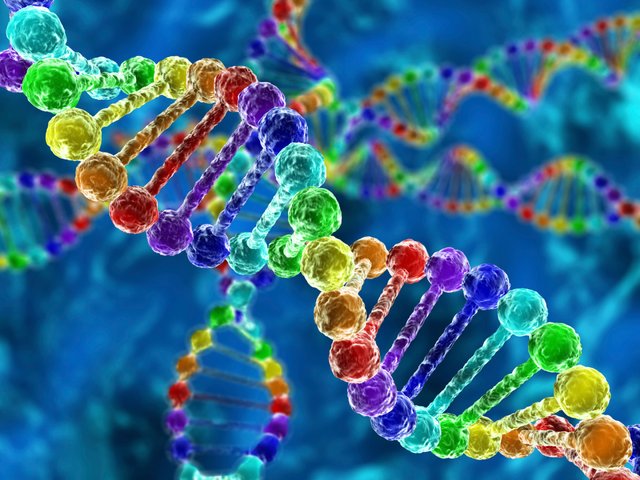
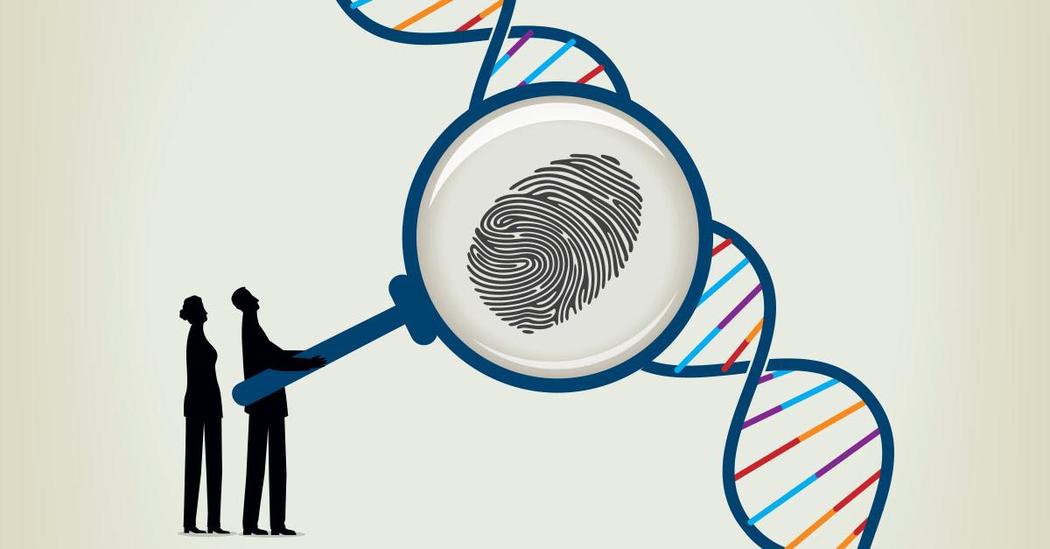
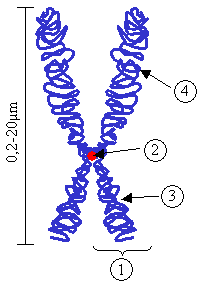
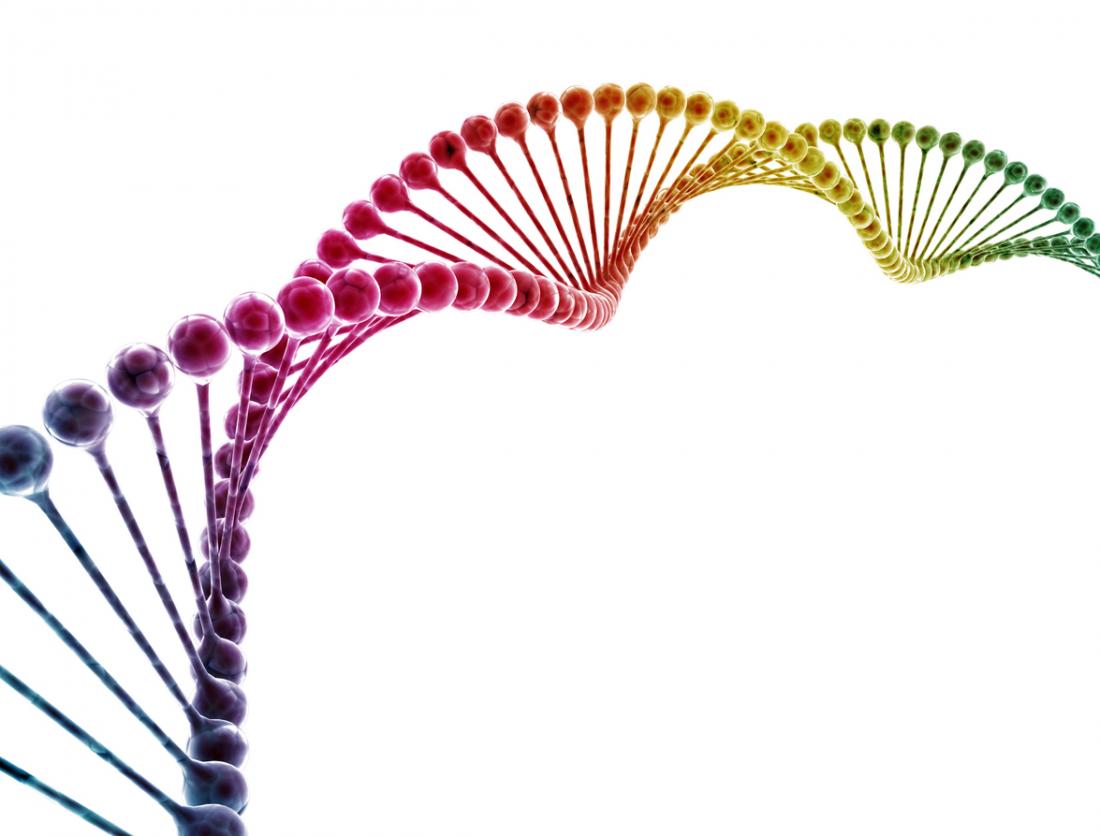
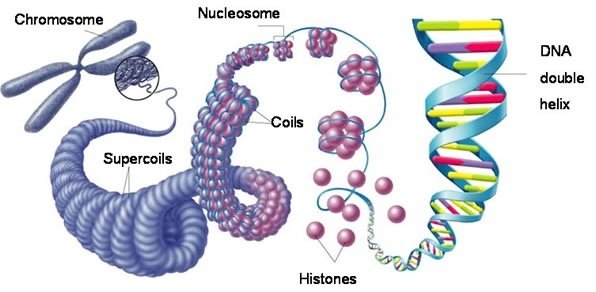
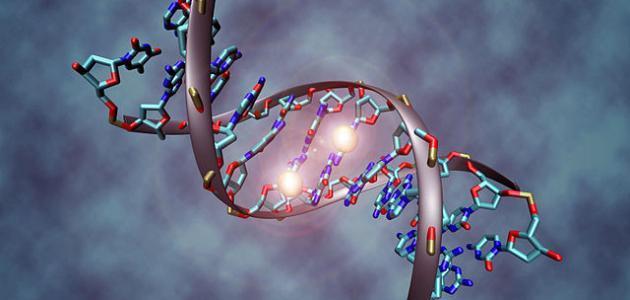
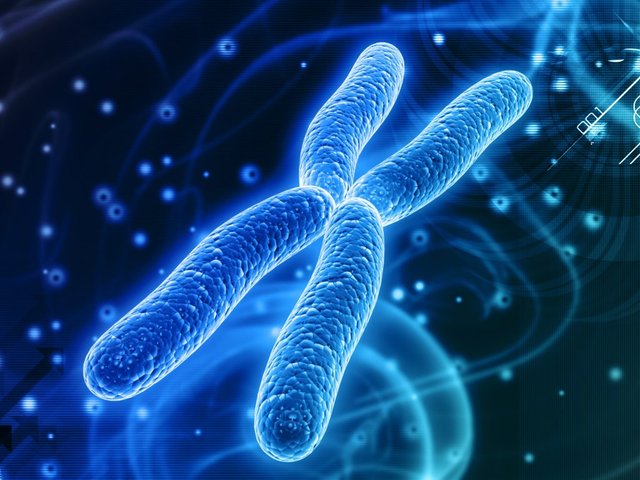

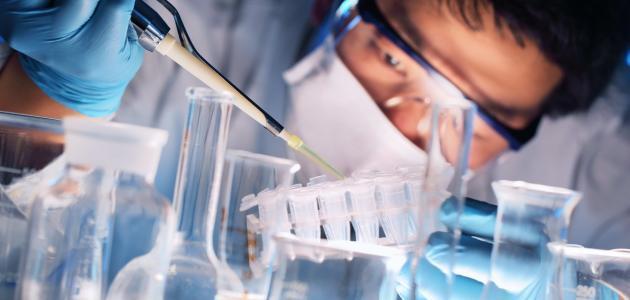
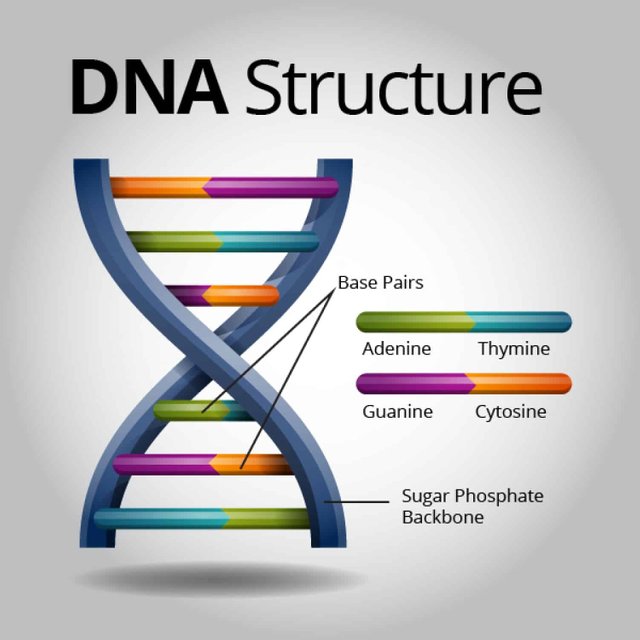

This is a lovely and informative post,detailed about Deoxyribonuclei acid (DNA) which is the major genetic component in the blood and also Ribonuclei acid(RNA).I picked up a couple of new information i did not know intiatially,thanks to @igider through this detailed post.I am glad you shared
Wow.i thought i knew about the DNA(deoxyribonucleicacid),but now i know a lot more of which i need for my project..
Thanks for the nice writeup
Good, easy-to-understand article @igider! I really like the animations and pictures. It probably would have been cool if you elaborated on the genetic engineering, which would have been very intriguing to someone who has not heard about it. It is actually not very hard to do (I have done it before) and one of the most promising technologies for the future. Again thank you. Cheers @lesshorrible!
This post has received a 0.86 % upvote from @booster thanks to: @igider.
This post has received a 4.09 % upvote from @aksdwi thanks to: @igider.
You got a 5.36% upvote from @allaz courtesy of @igider!
This post has received a 1.43 % upvote from @boomerang thanks to: @igider